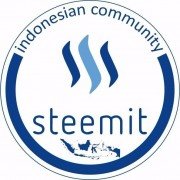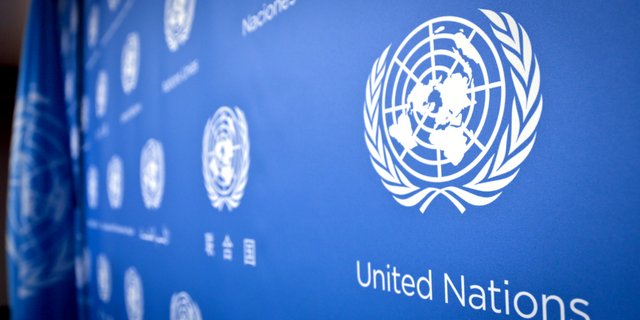United Nations Begins to Use Blockchain to Help Developing Countries
Not limited to cryptocurrency, blockchain technology also has a myriad of advantages that can be utilized for various fields. No exception in the field of humanity and welfare, as is being tried by the following UN.
At the 73rd UN General Assembly in New York, the United Nations announced that they were currently exploring blockchain technology to help countries develop. With this technology, it is expected that the welfare of countries in various parts of the world can develop.
UNDP and BCF Cooperation
In carrying out this program, the UN does not work alone. This program will be developed by the United Nations Development Program (UNDP) together with the Blockchain Charity Foundation.
BCF itself is a non-profit institution that aims to develop blockchain technology as a solution to various social problems that exist in the world. Including the issue of social welfare. By working with the BCF, the UN hopes to reach many targets more transparently than the previous system.
Decentralized Donation
The nature of blockchain technology that is understood by everyone is a decentralized network. Such a system also allows donations to be made more transparently, so that they can be accounted for. Hm ... that's good too.
The use of blockchain technology is actually questionable, because cryptocurrency has an exchange rate against non-digital currencies that are not fixed. So that there can be problems that then affect the value of donations made using this platform.
However, previously the World Food Program's Building Blocks have proven that blockchain technology could help more than 100,000 refugees from Syria in Pakistan and Jordan in January 2018. Compared to cash transfers, transfers with blockchain technology only require very small transaction costs and are safer from unwanted intrusions, such as natural disasters for example.
Wow, there are quite a lot of benefits offered by this blockchain technology in the humanitarian field. In your opinion, should this technology also be applied in Indonesia? Let's tell your opinion in the comments column.
Jangan Lupa Bahagia


